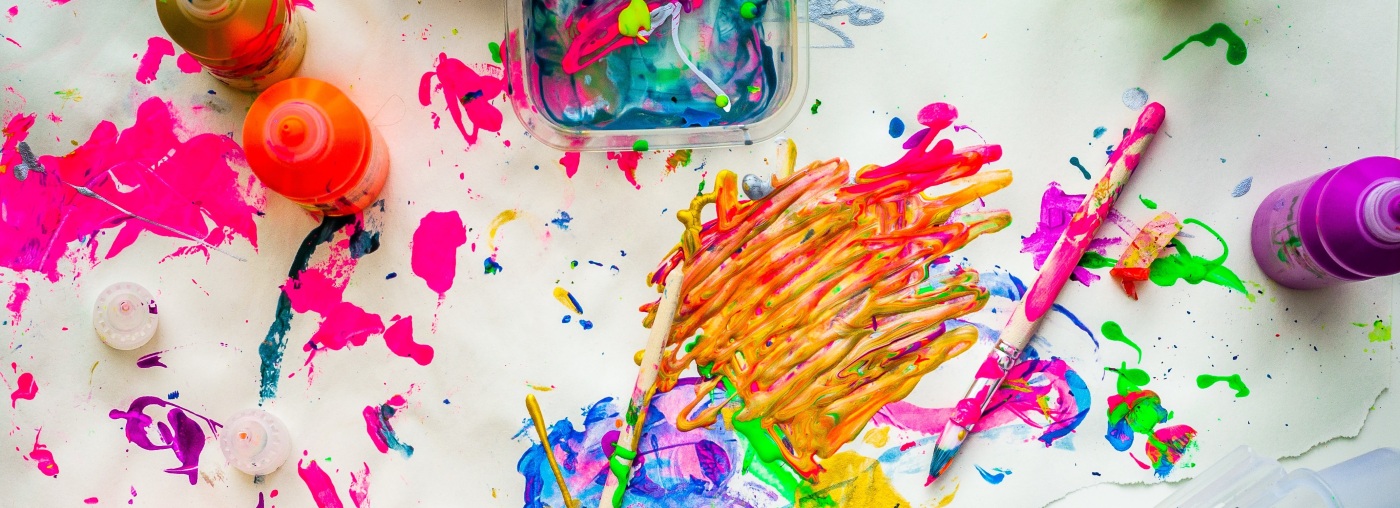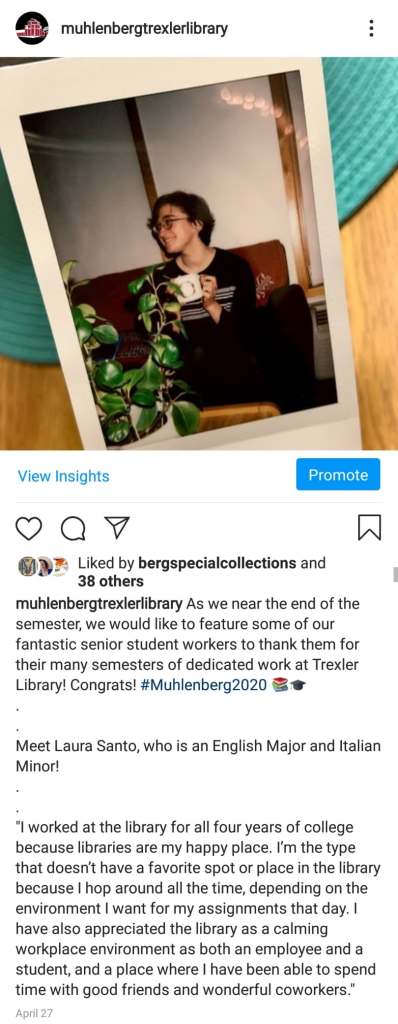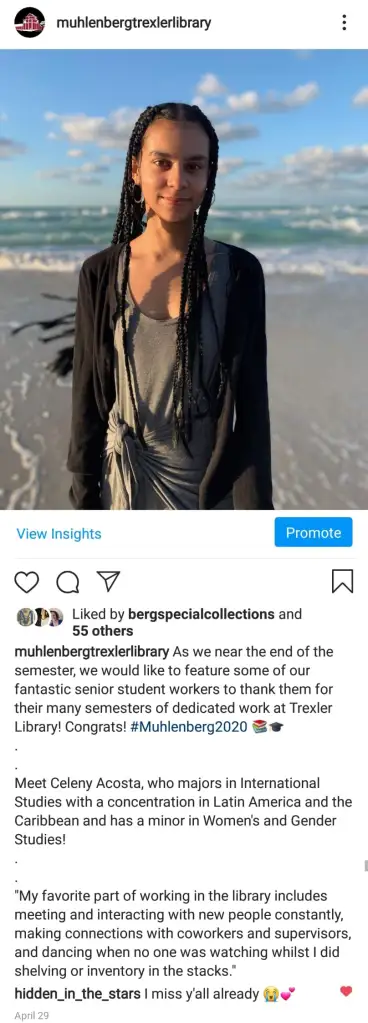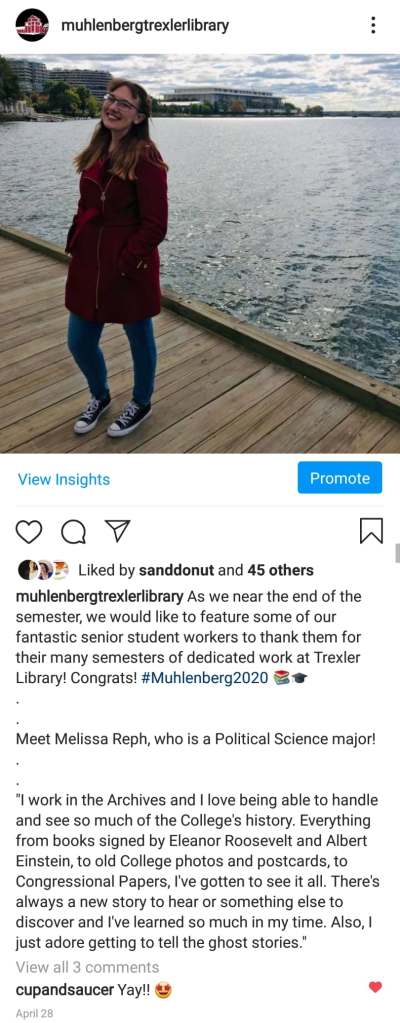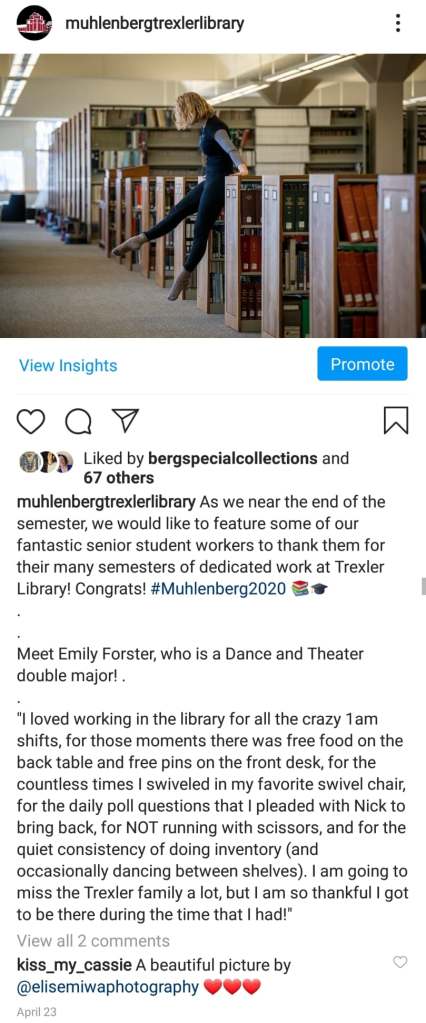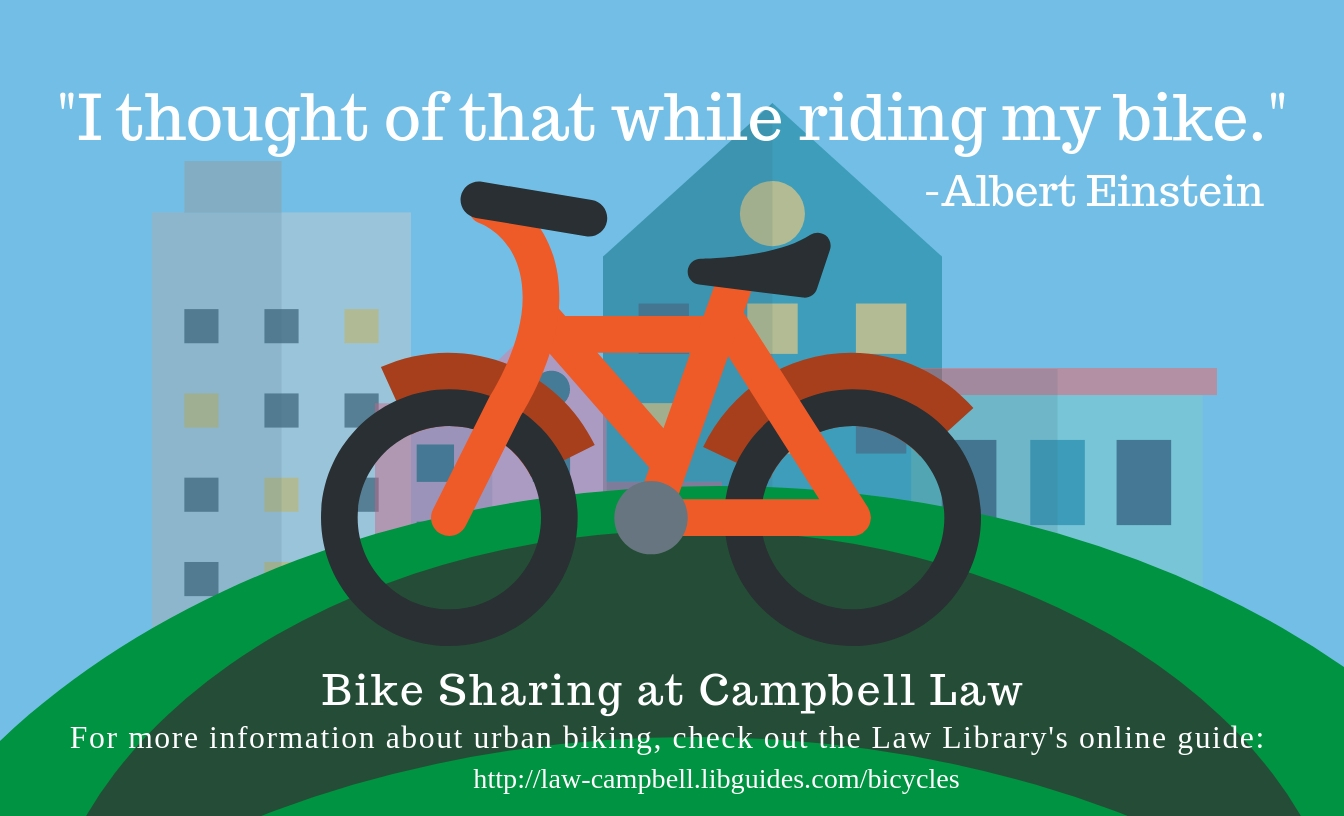Over the past couple of years, we’ve seen more designs than ever being created with Canva. The reason? Canva is easy to use and with built-in templates, it removes some of the trepidation that comes most design work. How will this look? Where do I put this text? What could I do to fill this white space? Canva answers these questions with relative ease and and all the drag-and-drop options you could hope for.
We’ve seen some great submissions that have used Canva so when Jess and I received the following from Adrienne, a reference librarian at Campbell University School of Law in North Carolina, we were glad that she addressed a commonly shared concern with Canva.
Here are Adrienne’s submissions, one that includes some eye-catching text for a legal research contest and the other, a colorful promotion for a bike sharing program that includes a quote by Albert Einstein:
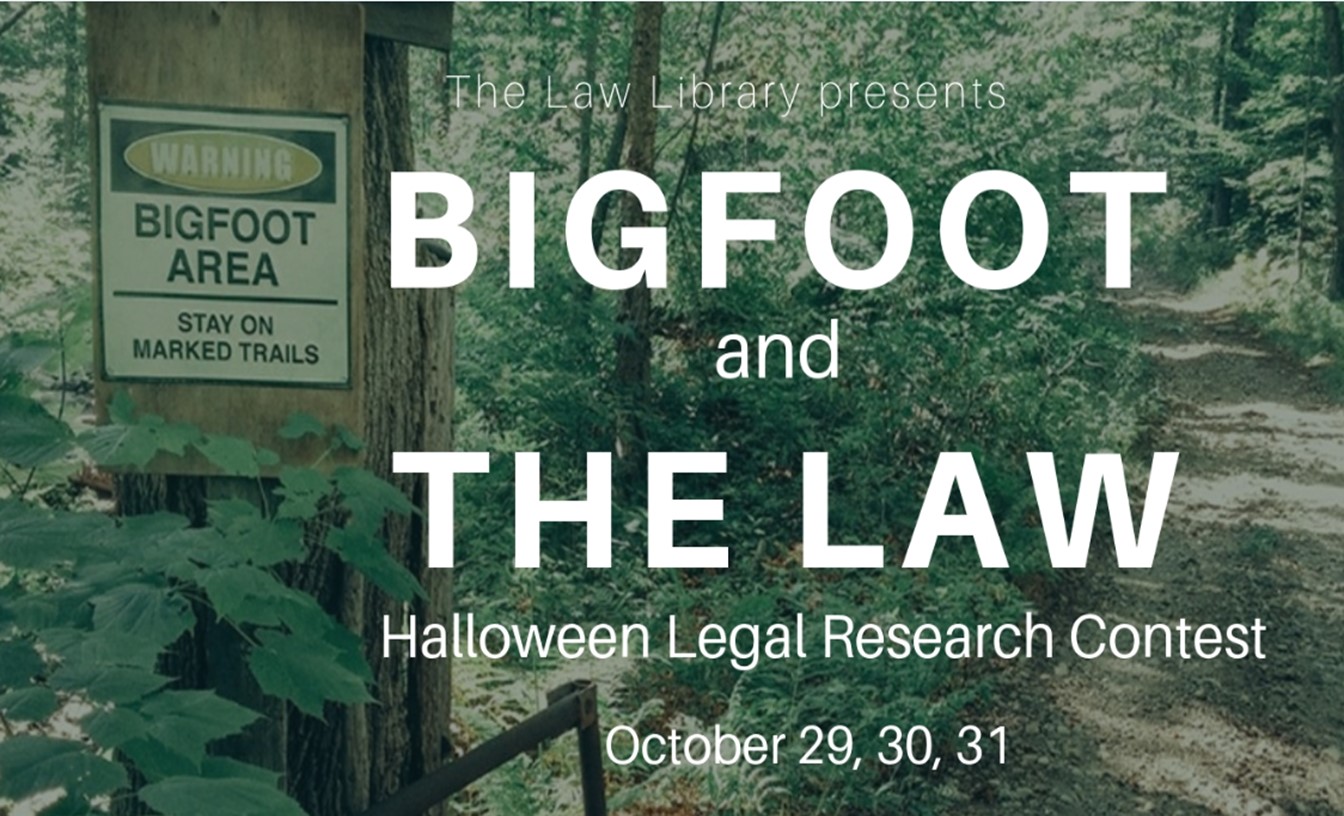
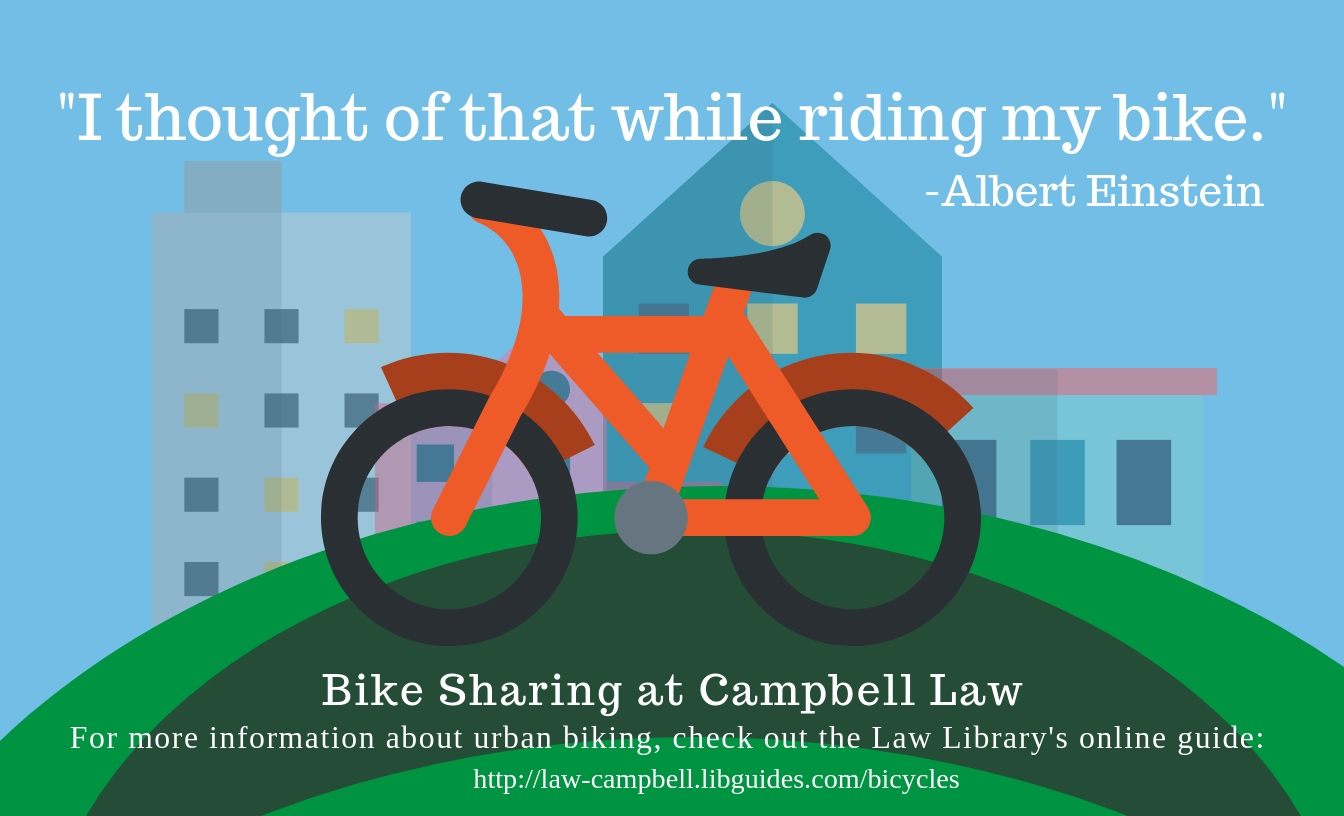
In her email to us, Adrienne mentioned that she usually uses Photoshop but will also use Canva when the occasion calls for it. When asked about her experience with Canva, Adrienne said
I like Canva for the free vector elements and ease of design. It’s also really useful for choosing font pairings. Canva’s drag and drop technology is so much easier than photoshop’s layers and masks. Unfortunately, like everything in this world, free Canva is getting less and less free. Once it goes completely paywalled, I’ll stop using it all together. But until then I’ll keep using it for my quick and easy projects.
While we do love a good quick and easy option, Jess and I have often talked about the complications using Canva presents, namely access.
As most of you are aware, the files of designs that are submitted to Librarian Design Share are included in our Google Drive under a Creative Commons license so that other librarians can change them up and reuse them. This is easy with designs made in Publisher, Photoshop, Word, PowerPoint and other mediums. But how to do the same with designs made in Canva? Moving forward, what we’re doing is asking that each Canva submission also include a link to an editable copy of the design. It’s very important that the link go to an editable copy, otherwise you could lose the original design. Keep in mind that you have to have a Canva account and be logged in in order to access these files, which is free for now.
Here are Adrienne’s shared copies of Bigfoot and the Law and Bike Sharing at Campbell Law.
And with fall around the corner, we’d love to see what you’ve come up with for the season. If you have any fall-themed marketing materials or seasonally appropriate signs, please visit our Submission Page for our list of requirements and submit your design to librariandesignshare@gmail.com.

